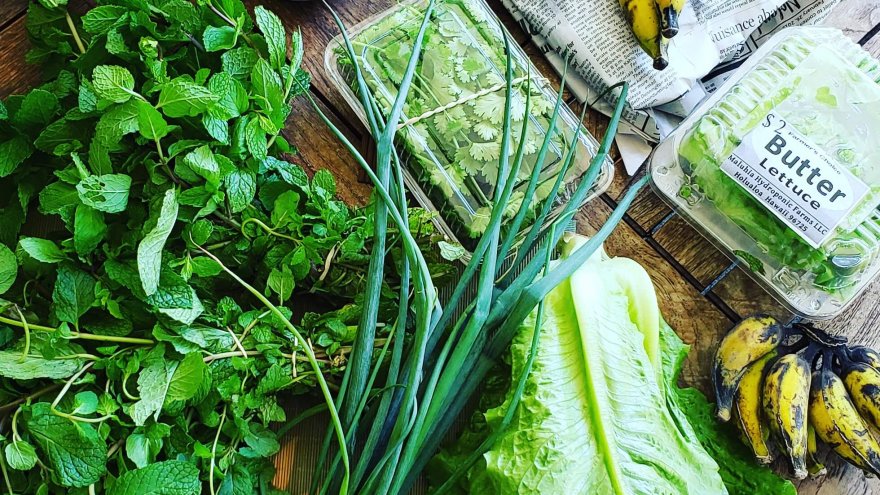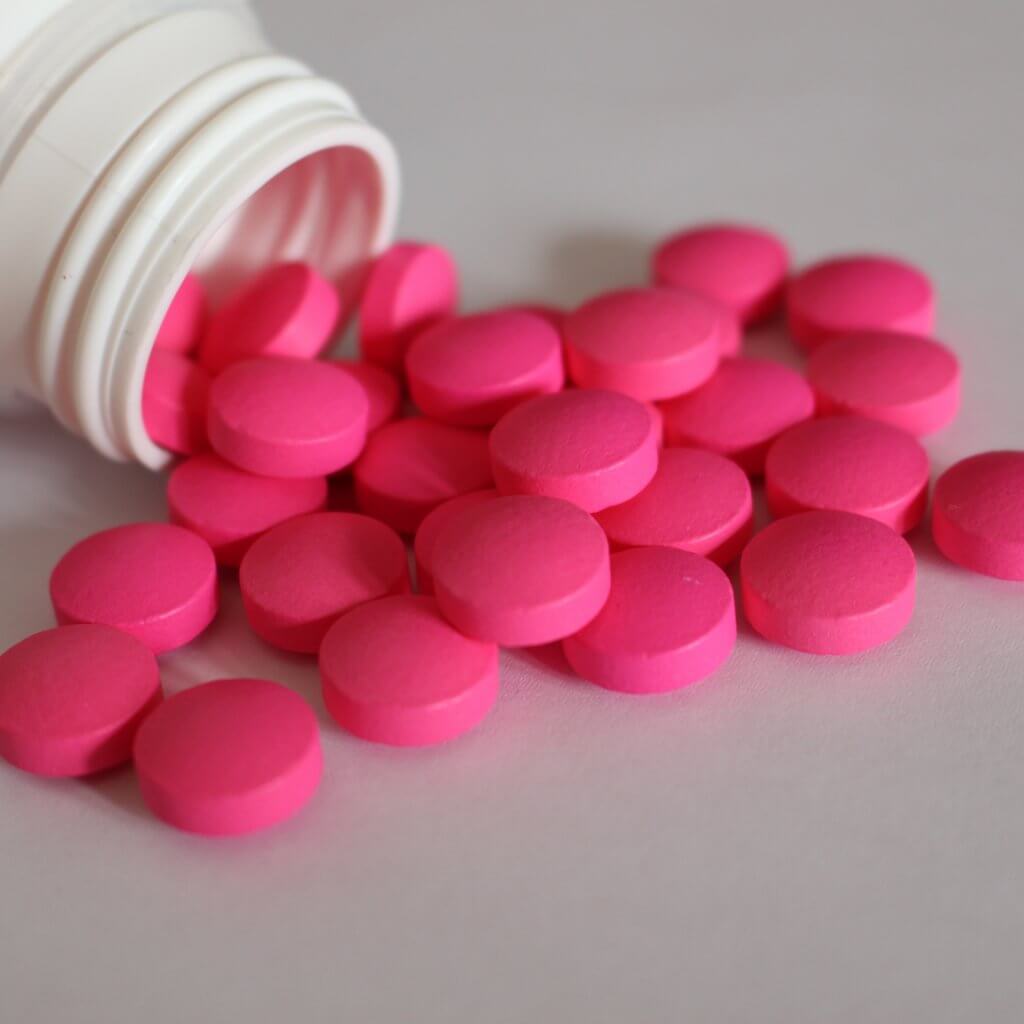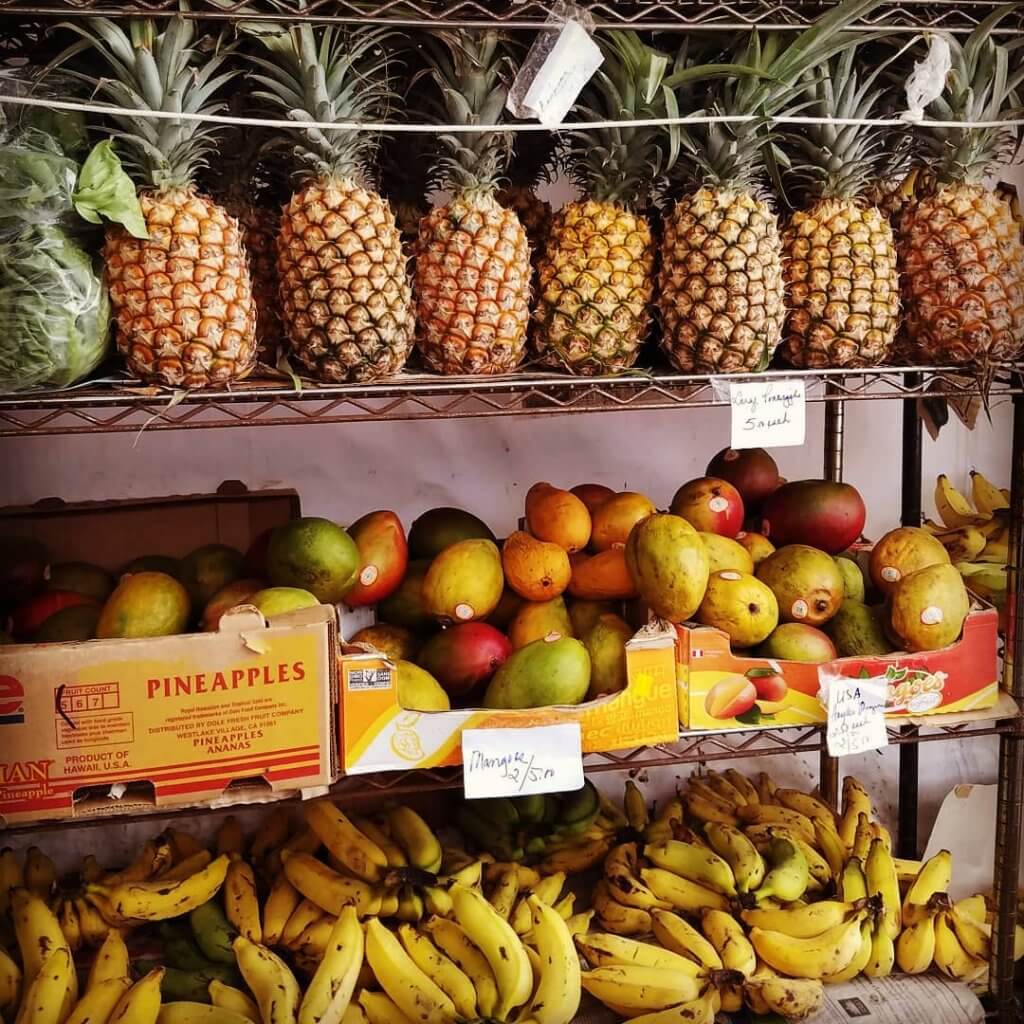What’s the Deal With Anti-Inflammatory Food?

We’ve all seen those shirts that say “I run because I really like pizza” in bold letters on the front. They’re cute and they’re funny. But the joke is on us!
The idea that as runners, we can eat whatever we want is a common misconception. Sure, we burn more calories while we run than we do sitting on the couch. But many of us may be wondering why we are always injured, or why we can’t shave that 5 seconds off our 5k time, or why we feel bloated and sluggish so often.
Before you blame the bloating, GI issues, and even low energy on fate, health coach and holistic nutritionist Malia McQuerry suggests that you examine your diet.
Here, Malia shares with us what’s worked for her clients, and clears up some misunderstandings about diet and inflammation:
What is the deal with anti-inflammatory versus inflammatory food?
The standard diet, the one many of us have been raised on, is inflammatory. The staples are acidic food, refined sugars, artificial sugars, fried foods, additives, and meats pumped full of hormones. These foods comprise an inflammatory diet.
Generations have been raised on these inflammatory foods. The problem is that they wipe out probiotics, altering the balance of serotonin in your gut and creating gastrointestinal issues, and even contributing to mood swings.
Inflammatory foods are not nutrient dense, and your body fights these foods, treating them as a toxin. The result is that your body reacts by attempting to get the toxic food out of your system. So your body is doing its job properly.
The problem is that after a while, the toxins become like vehicles in a traffic jam. The body tries to move the toxins away from your vital organs, so they travel to your joints and gut, creating inflammation.
From runners to busy mothers who need all the energy they can get, choosing anti-inflammatory food is a much better eating style for people who want to perform optimally.
Can food really provide healing for the body?
15 years ago, my mother was diagnosed with breast cancer and that’s when I started exploring the idea of prevention and treatment of disease through food.
We have gotten so used to popping ibuprofen when we need to reduce inflammation in our bodies, but ibuprofen has been linked to gastrointestinal bleeding and heart conditions. In runners, ibuprofen can actually cancel out necessary running-distance-dependent adaptations in skeletal muscles!
Making dietary adjustments are an effective, and much healthier way of decreasing inflammation.

Alkaline diets keep your blood sugar in balance so you don’t become that cranky, crazy monkey with low blood sugar and imbalanced hormones. Studies suggest that an alkaline diet can eliminate inflammation. This supports the concept that replacing acid-forming foods with alkaline foods can improve health.
There are even claims that an alkaline diet can help fight life-threatening diseases like cancer. When it comes to an alkaline diet, fresh is best. Choose fresh fruits, vegetables, and legumes whenever you can.
When possible, shop for organic produce. Sure it’s more expensive, but cheap does not equal healthy. Think avocados, coconuts, nuts, leafy greens, and the brightest colored fruits and veggies. Those have the most antioxidants and the most nutrients. It’s like putting the best fuel in your car so it will run better and last longer!
An eating style that is high in omega 3s is also anti-inflammatory, so put salmon and flaxseed on your grocery list. Spices like cayenne and turmeric are thought to be as effective as ibuprofen. Cayenne is great in electrolyte supplements since it contains capsaicin. An active plant compound that has pain-relieving properties, capsaicin can minimize the intensity of pain signals sent throughout your body.
Found in turmeric, curcumin is a bioactive substance with antimicrobial properties. A lot of research is being done on turmeric’s potential as an antibacterial agent. I like to put it in my smoothies!
Put pineapple in your smoothies too. It is high in Vitamin C and antioxidants! In general, there are a lot more nutrients in plants and legumes than in meat. For runners, eating black beans, nuts, fruits, and vegetables is like upgrading the fuel you put in your vehicle!
I notice that you often use the word “eating style” instead of “diet.” What is the difference?
Runners should be thinking about the mind-body-spirit connection, and it starts with evaluating what you eat, or your eating style. As a nutritionist and health coach, my focus is on a Chinese, holistic style of eating.
The difference between an eating style and a diet is that a style is something that you can maintain for the rest of your life. Most “diets” on the other hand are really not sustainable.

I tell my clients to imagine that the body is the most awesome sports car that you can own. Would you put cheap gas in a car that was made for performance? No way! That car was meant to go from 0 to 100 mph in no time flat, and it can if you take care of it. That car knows what to do with good fuel!
And your body knows what to do with nutrient-dense food. It knows to send the nutrients in walnuts to the brain, and the nutrients in kale and oatmeal to your joints. Now if you put soda, alcohol, gluten, dairy, corn, soy, and processed foods in your body, those will still provide energy… but your car is going to sputter!
What about runners who eat whatever they want because they don’t gain weight?
Just because you are not gaining weight doesn’t mean you are performing optimally! What if I told you that changing your eating style can help you recover faster so you can train harder the next day?
And what about illness? You can’t run if you are seriously sick, so feed your body food that kicks disease out! The objective is to get your pH in balance by modifying your diet. They don’t let you get in the public pool when the pH is off, right? Because disease thrives in imbalance. When your body’s pH is in balance, disease like cancer cells cannot thrive.
You can’t blame your training or your genetics for illness, injury, or your current weight too much. According to nutritionists, 80% of a healthy weight is due to nutrition, while 10% is affected by genetics, and the remaining 10% by fitness.
Runners need food that gives the body nutrients to heal and recover in between workouts. When you fuel yourself with nutritious food, it will facilitate a speedy recovery.

And you need about 15 days before you will see a change in health and performance, but 30 days is optimal. For instance, it takes 30 days to get gluten out of your system. And it can take as much as 6 months for the body to fully heal after a single gluten exposure.
I’m not saying you can never eat a good steak and potatoes dinner out, and wash it down with a glass of wine. Just don’t make it a habit! I recommend following the 80-20 rule. Over the course of the whole year, I do have “cheat” meals. That’s 20% and that is usually at the holidays or when I go out to celebrate a special occasion. The other 80% of the year I am committed to my anti-inflammatory eating style.
So what are some changes runners can make to their diet right now?
Take a multi-vitamin every morning before your run, and add some plant-based protein powder to your post-run shake or smoothie. Stop putting whey protein in those shakes too! Whey started as a by-product of cheese that farmers feed to pigs. It is super processed and has been connected to liver and kidney failure in people who consume it for years.
Try swapping out regular yogurt for coconut milk yogurt. Make kale, spinach, berries, and pineapple part of at least one meal every day.
If you have to choose a salad over a smoothie, choose a salad because vegetables because have less sugar.
I used to drink 10 cups of coffee a day, but it is very inflammatory, and it sets you up for a crash. For those of us who need that caffeine fix, coffee is a bad choice, but green tea is fantastic!
If you’re wondering about alcohol, wine is gluten-free but there is a lot of sugar in the wine, as well as loads of coloring and chemicals that they don’t always put on labels. Look for European wines if you do want a drink, as Europe has organic standards for their wines.
Kombucha is another one that has health benefits, such as improving the health of cartilage and tendons. But it can have high sugar levels as well. If you are making your own kombucha, you can opt for coconut sugar instead of inflammation-producing processed sugar.
By all means, cut out artificial sweeteners. They mess with your hormones big time. And avoid eating trigger foods. Chips are a trigger food because they tell your brain to keep eating more!
Learn to change your perspective on what you’re putting in your mouth. Are you filling your vehicle with clean fuel that will help you perform optimally for years and years? If so, you have a much better chance of staying in the prevention stage when it comes to injury and illness.
Should runners consider hiring a health coach or nutritionist?
Professional athletes know that they need eating style support. They know how important it is to their sport. Look at the Tour de France teams. They have a whole team of chefs and sports nutritionists that travel with them!
Runners won’t run at their highest performance level if they don’t change the oil. They will be nagged with problems that interfere with their running, such as migraines, achy knees, and even moodiness! Having a certified nutritionist and health coach on your side will help you navigate the anti-inflammatory eating style, which can be overwhelming when you finally decide to take that first step in changing your oil.
Above all, don’t focus on what you can’t have. Think of what you CAN have – Nutritious, healthy food that is the best fuel for running!

When Malia is not helping her clients achieve their health goals as a Holistic Nutritionist and Certified Integrative Health Coach, you can find her teaching a fitness class or enjoying the awesome weather on the Big Island of Hawai’i.
Find her on Instagram @choosewell_withmalia.
Latest Articles
 Is Running on a Treadmill Easier Than Running Outside?Runners have their own preferences, whether it is treadmill running, running outside on the road, or exploring trails. So...
Is Running on a Treadmill Easier Than Running Outside?Runners have their own preferences, whether it is treadmill running, running outside on the road, or exploring trails. So... Is It OK to Use Trail Running Shoes on the Road?While trail running shoes can be used on roads, especially in situations where a runner encounters mixed terrains or pref...
Is It OK to Use Trail Running Shoes on the Road?While trail running shoes can be used on roads, especially in situations where a runner encounters mixed terrains or pref... How to Fix Sore Quads After Running?Rest, ice, gentle stretching, and over-the-counter pain relievers can help soothe sore quads after running. Also, ensure ...
How to Fix Sore Quads After Running?Rest, ice, gentle stretching, and over-the-counter pain relievers can help soothe sore quads after running. Also, ensure ... 10 Fruits With The Most Electrolytes to Replace Sports DrinksThese fruits are high in electrolytes such as potassium, magnesium, and calcium, essential for hydration, muscle function...
10 Fruits With The Most Electrolytes to Replace Sports DrinksThese fruits are high in electrolytes such as potassium, magnesium, and calcium, essential for hydration, muscle function...

